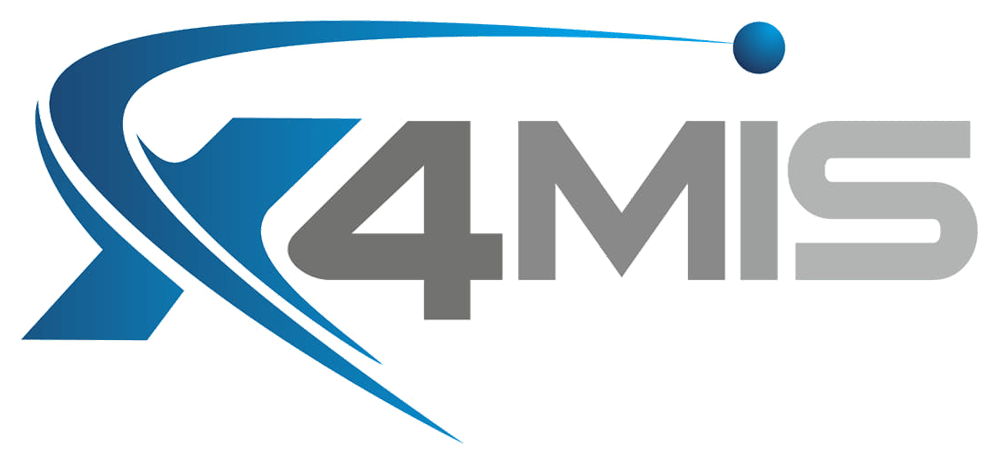High-level Stakeholder Identification
Written by: Austin Watene
About the High-level Stakeholder Identification
Every Change Initiative must analyse and understand its stakeholders. Especially how people may react to change and its impact on their work or life. To understand your stakeholders, you must perform some level of Stakeholder Analysis to help identify affected groups and determine the impact of the change.
High-level Stakeholder Identification
A high-level Stakeholder Analysis is completed early in the Compose phase of a change initiative to confirm and analyse key stakeholders, gaining insights into groups impacted and the extent of the impact. Depending on the scope of the programme, the focus may include both internal and external stakeholders, as the impact of the change may affect external partners too.
The high-level analysis will enable the identification of early adopters and influences (plus resistors & threats), enabling the change team to seek out others who can add value to the Change Initiative.
Detailed Stakeholder Analysis
Once you have completed a high-level analysis of the key stakeholders, the next steps is to gather "detailed" information about the identified stakeholders and individual impacted by the change, both internal and external to the organisation. - Detailed Stakeholder Analysis
Tools to identify the key stakeholders include:
- Blast Radius - used to identify which groups / people are impacted, whether they are directly or indirectly affected, how they will react to the change
- Forcefield Analysis - used to identify the driving forces and restraining forces for and against the initiative
- Change Impact Assessment - completed during the Compose or Manage phase, captures high-level changes to people, processes and technology.
- Influence Commitment Analysis - used to identify the stakeholders which can/will influence the transformation.
Important Note
This is not an activity for a single person and not the Change Manager on their own. Brainstorming and conversations in a workshop, with the analysis tools, the Change Management team and other sufficiently knowledgeable resources, is the prescribed approach.
-
Blast Radius
The Blast Radius is a valuable tool to identify stakeholders and their position on the change. It helps to analyse the groups affected, how they are affected and their involvement in the change. This forms the basis of your team's reaction and categorises them appropriately regarding their responses. Whether they be influencers or change or resistors, the Blast Radius exists to seek them out.
-
Forcefield Analysis
The Forcefield Analysis is a popular Change Management Model. It is a diagnostic and powerful decision-making tool during change planning. It can be used to identify the driving forces and restraining forces for and against the initiative and work on leveraging the favourable and unfavourable ones to ensure the successful implementation of the change.
-
Change Impact Assessment
A Change Impact Assessment is a process to analyse the impact of a proposed organisational change. Change Impact Assessment enables you to identify problems before they arise so that plans can be implemented to mitigate their impact. Whether the change is planned, structured and clear or takes place organically over time, successful organisational change can be challenging to achieve.
This assessment shows how the change is expected to affect all levels of interaction, from stakeholders to customers and the organisational structure and culture. This is typically completed during the planning or initialisation phase and captures a high-level change to people, processes and technology.
-
Influence Commitment Analysis
Identifying stakeholders who will help promote and positively influence change within an organisation is extremely important. The Influence Commitment Analysis is designed to identify key people and resources to help evolve and transform change over time.
Compose the Change
Browse by Categories

Free On-Line Change Management Methodology that enables individuals and organisations, especially those previously without access to effective change management programmes, to deliver more effective community and country programmes which improve prosperity and save lives.
QUICKLINKS
TRAINING LINKS
LATEST POSTS




